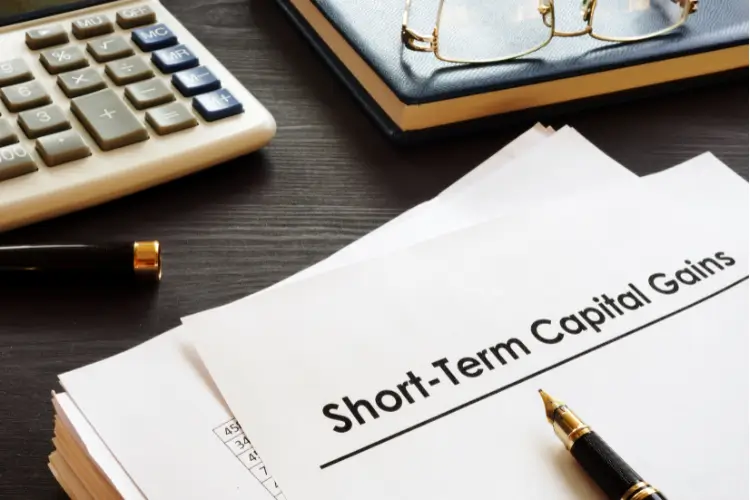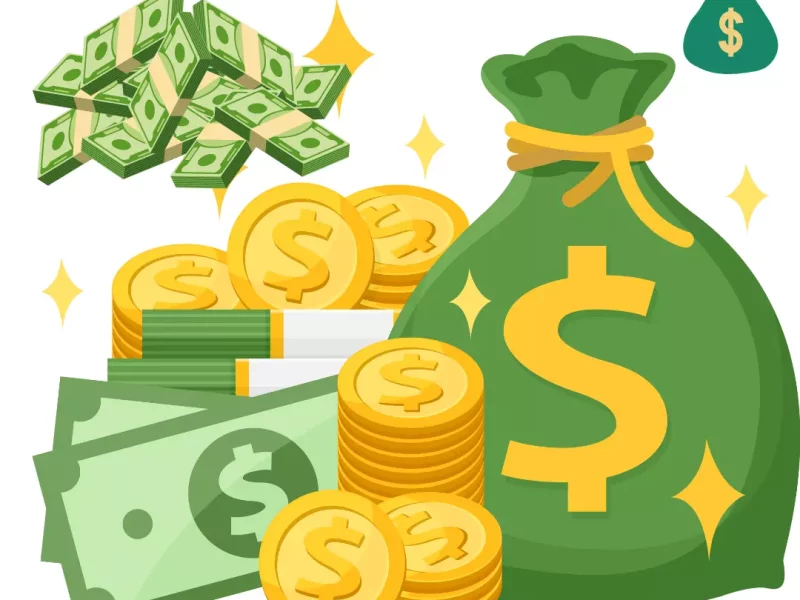In today’s volatile economic environment, investors are constantly seeking low-risk avenues to park their surplus funds and earn reasonable returns. With stock markets experiencing frequent bouts of turbulence and falling interest rates diminishing returns from traditional savings schemes, short-term fixed deposits have emerged as an appealing investment option.
While long-term FDs are widely favoured for building a retirement corpus, short-term deposits with tenors from a few months up to 1-2 years offer a compelling mix of liquidity, safety and decent interest income. If you have idle funds lying in a savings account or are looking to invest for short-term goals, here’s why short-term FDs merit serious consideration:
Higher Returns Than Savings Accounts
The biggest draw for investing in short term fd is the substantially higher interest rates on offer compared to regular savings bank accounts. While with savings accounts you get a meagre 3%-4% interest, you can earn up to 6%-7.5% on short FD tenors like 6 months, 9 months, 1 year etc.
For instance, a 1-year FD from a leading bank could fetch 7.25% interest, which may be nearly double the returns from a savings account over the same period. This interest rate premium makes short-term deposits an excellent option for temporarily parking funds instead of letting them stagnate in low-yielding savings products.
Protects Against Short-term Market Volatility
With heightened economic uncertainties, equity markets can remain highly volatile and unpredictable in the short run. Instead of trying to time entries and exits, parking your funds in a short 6-12 month FD insulates you from this interim market turbulence while still earning stable returns.
This ensures your capital remains safe and continues growing steadily regardless of market movements. Upon maturity, you can choose to reinvest in other investment avenues or roll over the FD based on the prevailing outlook and opportunities.
Liquidity Through Premature Withdrawals
One key advantage of short-term deposits is their inherent liquidity compared to longer-term FD commitments. In case of any unanticipated cash needs, most banks and NBFCs allow premature withdrawals from short-tenor deposits, subject to nominal early withdrawal penalties.
This added liquidity makes short-term FDs suitable for parking funds you may need access to within a year, like rent deposits, temporary surpluses awaiting deployment, cash reserves for contingencies etc. The interest already earned provides a nice boost over bank savings rates.
Short Tenors Align with Rising Rate Cycles
Short-term fixed deposits come into their own during rising interest rate cycles when the RBI progressively hikes policy rates to contain inflation. With their compact 6-12 month maturities, investors can continuously roll over their short deposits into newer, higher-yielding FDs as rates move up.
This allows you to quickly benefit from improved short-term FD rates, unlike being locked into long tenors at previously lower rates. With the RBI remaining hawkish on inflation, short-term deposits can potentially capture higher yields from rate hikes over the next few quarters.
Tax Efficiency
Interest income from fixed deposits is fully taxable based on your income tax slab rate. However, Tax Deducted at Source (TDS) is only deducted on interest income above ₹40,000 for deposits under ₹50 Lakhs (₹50,000 for senior citizens).
With most short-term FDs interest rates earning less than ₹40,000, you may avoid any TDS deductions altogether. Further, opting for cumulative interest credited at maturity can defer your tax liability until then, providing a temporary interest-free borrowing benefit.
Build a Short-Term FD Ladder
Given the interest rate outlook, you can build a strategic short-term FD ladder by staggering your investments across tenors like 6 months, 9 months, 1 year etc. As each short deposit matures, you can reinvest the proceeds into longer-dated FDs to benefit from rising rates.
A laddering approach allows you to strike a balance between liquidity and locking into higher yields over time. It also helps mitigate interest rate risk by distributing your debt portfolio across multiple maturity rungs.
Wide Choice of Issuers and Rates
Short-term fixed deposits offer investors a wide array of investment options from banks, NBFCs, companies and more to choose the highest interest rates depending on their risk appetite. While bank/NBFC FDs are safe, company deposits tend to offer higher rates to attract funds.
While long-term fixed deposits are great for building retirement savings through compounding, short-term FDs excel as instruments for temporarily parking funds and earning higher interest versus bank savings. With benefits like superior returns, liquidity through premature withdrawals and the ability to capitalise on rising rate cycles, short-term deposits can be a valuable addition to your fixed-income investment portfolio.
So next time you have a temporary cash surplus awaiting deployment or simply want to earn higher risk-free returns, consider allocating a portion of your investible funds to short-term FDs based on your liquidity needs. With the right mix of tenors, you can optimise your interest income while maintaining ample financial flexibility.




